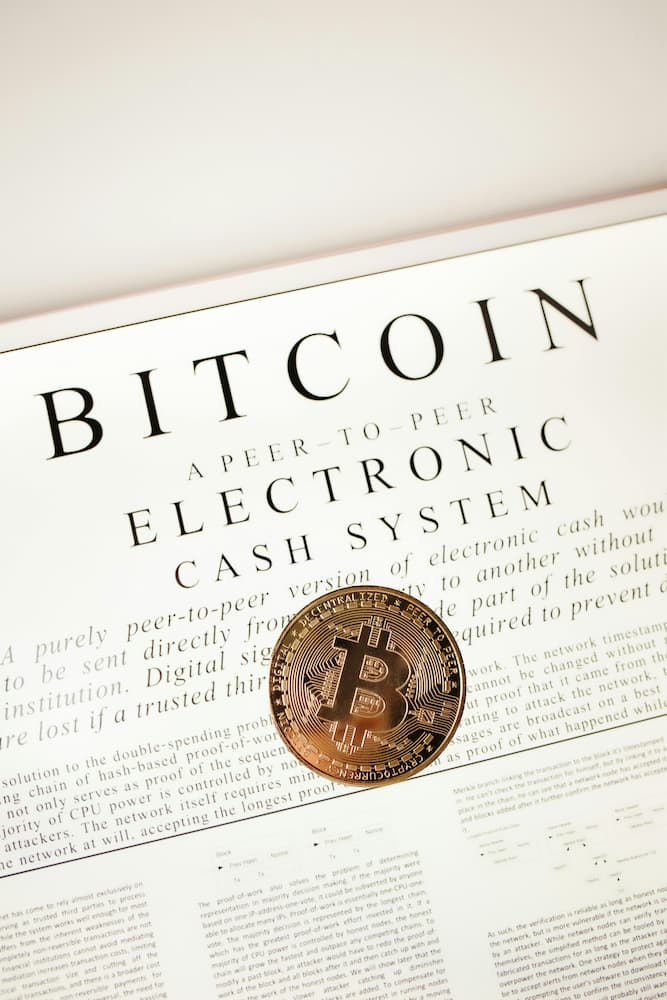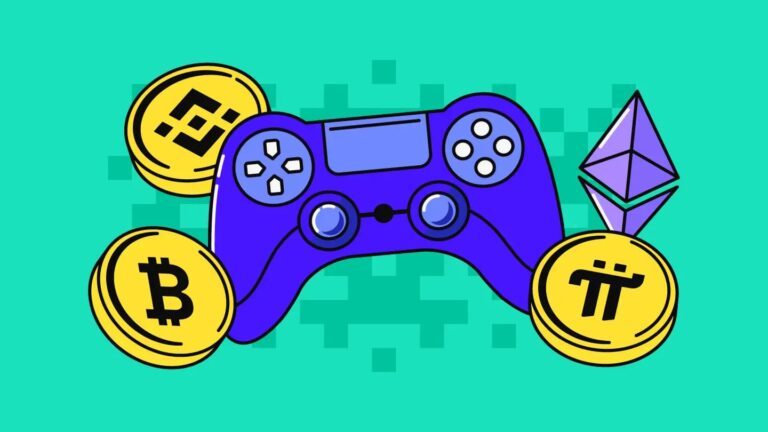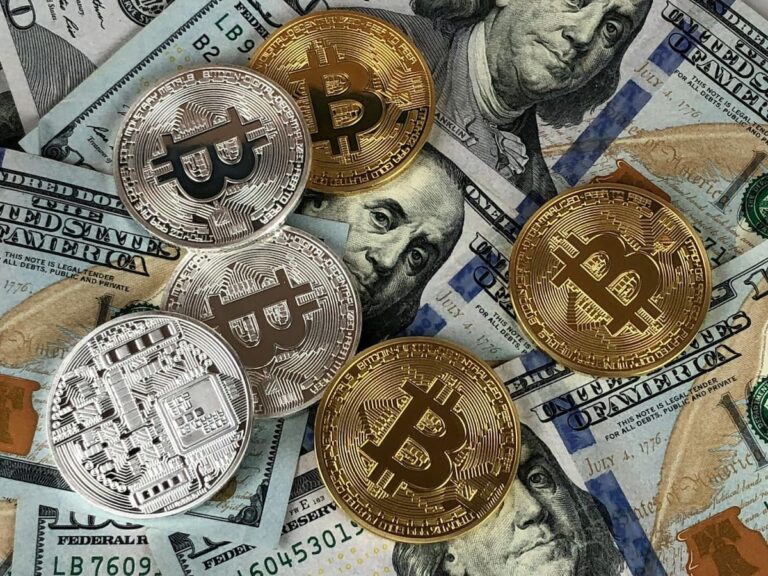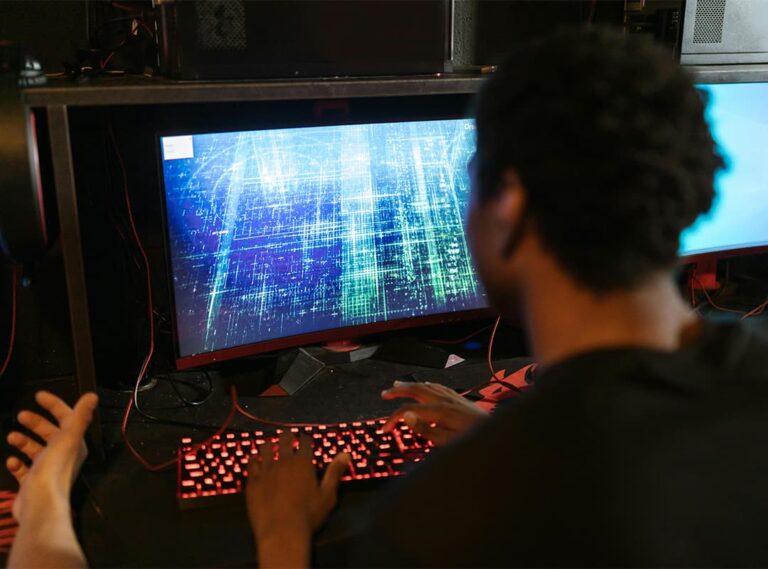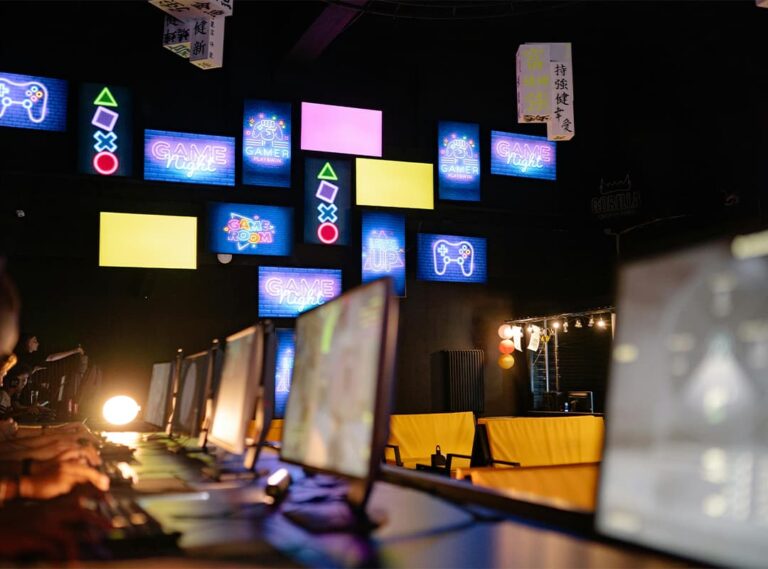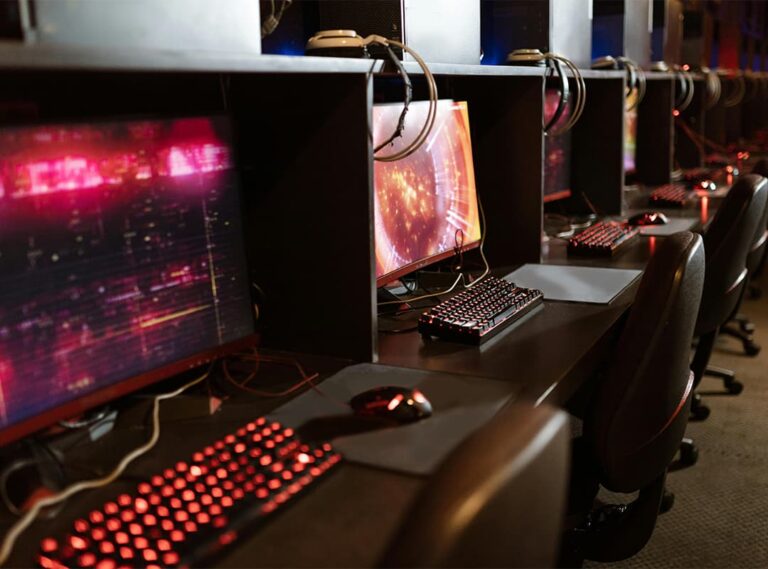In-game items have evolved from simple collectibles to valuable assets in the gaming world, especially with the rise of blockchain technology and NFTs (Non-Fungible Tokens). Creating and selling in-game items can be a lucrative endeavor, whether you’re a game developer, designer, or player. This article will guide you through the steps to design, create, and sell in-game items in both traditional and blockchain-based games.
1. Understanding In-Game Items
Before diving into creation, it’s important to understand the types of in-game items:
- Cosmetic Items: Skins, outfits, or decorations that don’t affect gameplay but enhance aesthetics.
- Functional Items: Weapons, tools, or power-ups that impact gameplay.
- Collectibles: Rare or limited-edition items, often sought after by players for their exclusivity.
- Tokenized Items (NFTs): Blockchain-based items that provide proof of ownership and can be traded or sold outside the game.
2. Creating In-Game Items
Step 1: Conceptualize Your Item
- Define its purpose: Decide if your item will be cosmetic, functional, or collectible.
- Align with the game’s theme: Your design should match the game’s visual style and lore.
- Consider rarity: Items can be common, rare, or legendary, affecting their value and appeal.
Step 2: Design the Item
- Use tools like Photoshop, Blender, or Maya to create 2D or 3D models.
- Focus on details such as textures, colors, and animations to make the item visually appealing.
- If creating for a blockchain game, ensure the design meets the platform’s technical specifications (e.g., file size, compatibility).
Step 3: Assign Attributes (If Functional)
- Define stats or abilities if the item impacts gameplay, such as damage levels, speed boosts, or durability.
- Balance the item to avoid overpowered designs that could disrupt gameplay fairness.
Step 4: Test the Item
- Integrate the item into the game and test it for functionality, visual quality, and performance.
- Gather feedback from beta testers or the community to refine the design.
3. Selling In-Game Items in Traditional Games
Option 1: Sell in In-Game Marketplaces
- Many games, such as Fortnite or CS:GO, have built-in marketplaces where players can buy or sell items.
- Process:
- Upload your item to the game’s creation platform (if available).
- Set a price based on item rarity and demand.
Option 2: Use External Marketplaces
- Platforms like Steam Marketplace allow trading and selling of items outside the game.
- Ensure you comply with the game’s terms of service when using third-party platforms.
Option 3: Partner with Developers
- If you’re a designer, collaborate with game developers to introduce your creations as official content.
- Many games run programs (e.g., Roblox Creator Marketplace) where community-made items are sold to players.
4. Selling Blockchain-Based In-Game Items
Blockchain technology enables true ownership and the ability to sell items outside the game environment.
Step 1: Tokenize Your Item
- Convert your item into an NFT using a platform like OpenSea, Rarible, or the game’s own NFT marketplace.
- Minting: Upload your item’s design, set metadata (e.g., name, rarity, attributes), and pay a small fee to mint it as an NFT.
Step 2: List on a Marketplace
- Choose a blockchain-based marketplace such as OpenSea, Blur, or game-specific platforms like Axie Marketplace.
- Add details like price, auction duration, and item description.
Step 3: Promote Your Item
- Use social media, Discord communities, or forums to generate interest in your item.
- Highlight its unique features, rarity, and in-game benefits to attract buyers.
5. Tips for Success
For Designers
- Stay creative: Unique and visually striking designs are more likely to sell.
- Understand the audience: Design items that resonate with the game’s community.
For Sellers
- Price wisely: Research market trends to price your items competitively.
- Build trust: Establish a reputation as a reliable seller by delivering high-quality items and engaging with the community.
For Blockchain Creators
- Choose the right blockchain: Platforms like Ethereum, Solana, or Polygon vary in fees and compatibility.
- Leverage rarity: Limited-edition or exclusive items often command higher prices.
6. Challenges and Ethical Considerations
Challenges
- High competition: Popular games often have saturated markets.
- Technical expertise: Creating high-quality designs requires skill in graphic design and 3D modeling.
- Blockchain fees: Minting NFTs can be expensive on some networks, especially during peak demand.
Ethical Considerations
- Avoid creating items that give unfair advantages (pay-to-win models).
- Be transparent about the value and functionality of items.
- Respect intellectual property rights when creating items inspired by existing games or franchises.
7. Future of In-Game Item Creation and Sales
As gaming evolves, the demand for unique in-game items will only grow. Technologies like blockchain and the metaverse are likely to further transform how items are created, owned, and sold. Players and creators who embrace these innovations early can position themselves at the forefront of this exciting trend.
Creating and selling in-game items offers a rewarding mix of creativity and commerce. Whether working in traditional gaming ecosystems or leveraging blockchain technology, success depends on understanding your audience, mastering design tools, and staying ahead of market trends.
With the right skills and strategies, you can turn your passion for gaming into a profitable venture, all while contributing to the vibrant worlds players love to explore.


